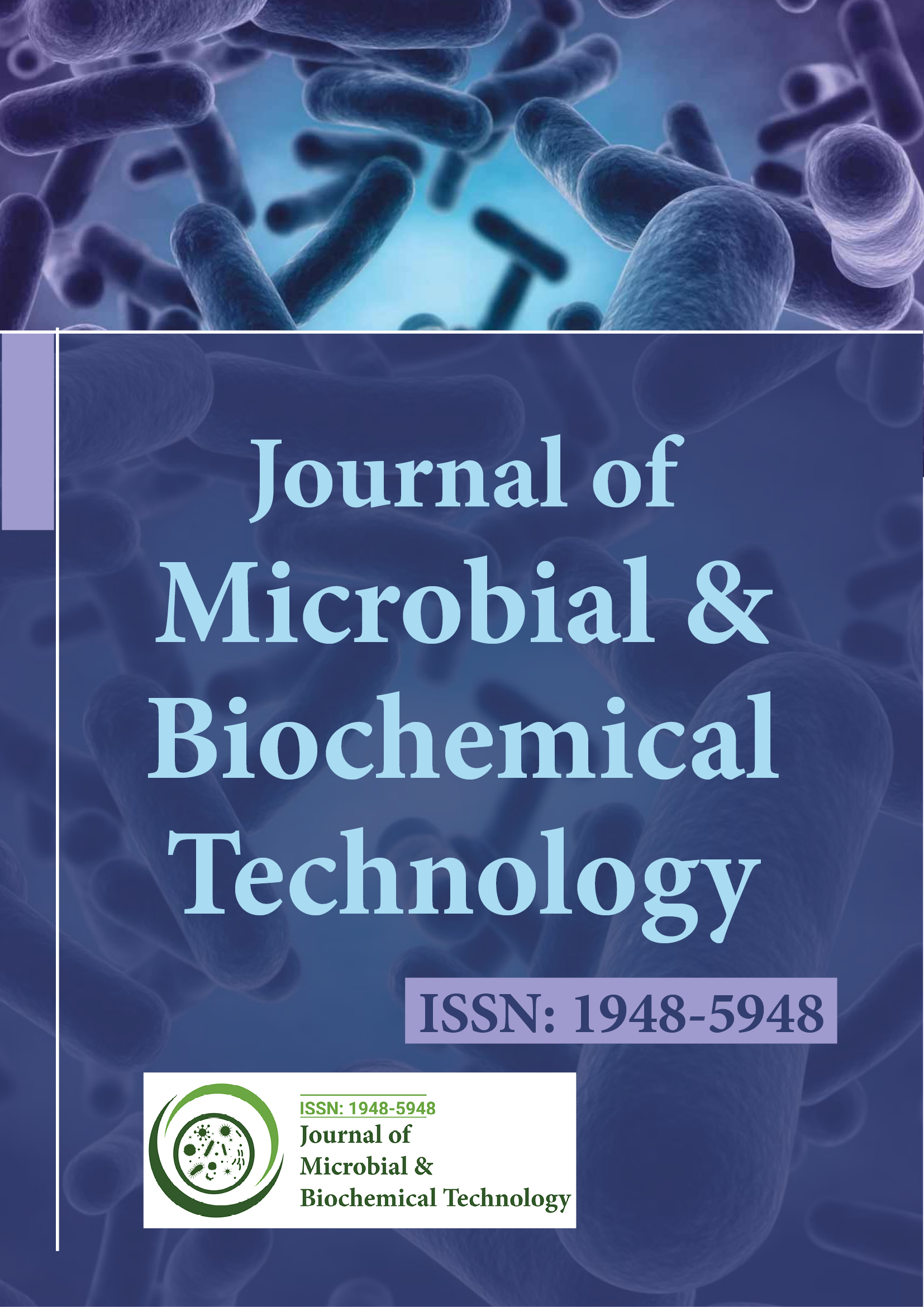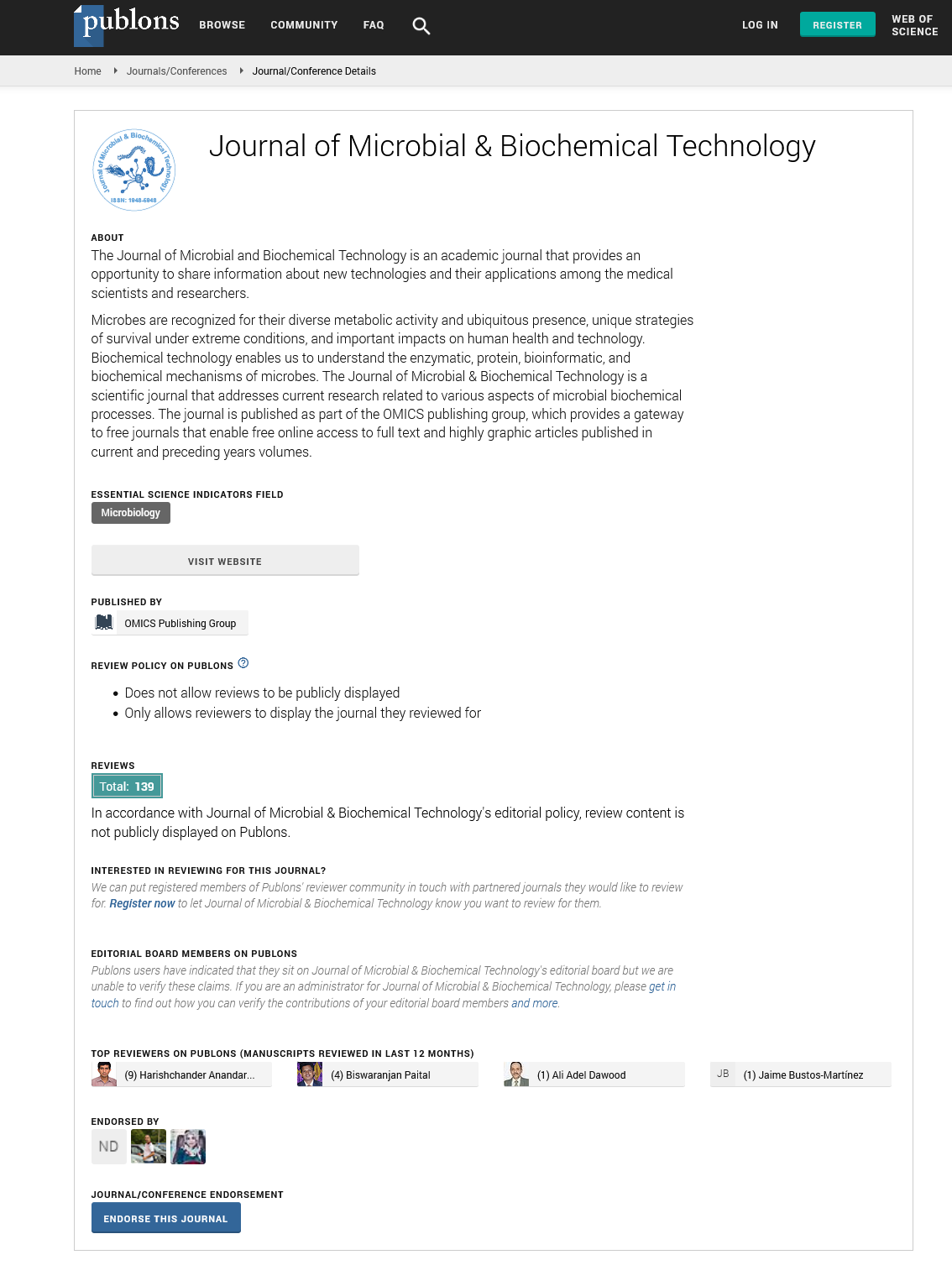Indexed In
- Academic Journals Database
- Genamics JournalSeek
- Academic Keys
- JournalTOCs
- China National Knowledge Infrastructure (CNKI)
- Scimago
- Access to Global Online Research in Agriculture (AGORA)
- Electronic Journals Library
- RefSeek
- Directory of Research Journal Indexing (DRJI)
- Hamdard University
- EBSCO A-Z
- OCLC- WorldCat
- SWB online catalog
- Virtual Library of Biology (vifabio)
- Publons
- MIAR
- University Grants Commission
- Geneva Foundation for Medical Education and Research
- Euro Pub
- Google Scholar
Useful Links
Share This Page
Journal Flyer

Open Access Journals
- Agri and Aquaculture
- Biochemistry
- Bioinformatics & Systems Biology
- Business & Management
- Chemistry
- Clinical Sciences
- Engineering
- Food & Nutrition
- General Science
- Genetics & Molecular Biology
- Immunology & Microbiology
- Medical Sciences
- Neuroscience & Psychology
- Nursing & Health Care
- Pharmaceutical Sciences
Profile of resistance of gram negative bacteria in a private institution in the city of Medellin Colombia
2nd International Conference on Clinical Microbiology & Microbial Genomics
September 16-17, 2013 Hampton Inn Tropicana, Las Vegas, NV, USA
Lina Maria Martinez Sanchez
Posters: J Microb Biochem Technol
Abstract:
Introduction: Bacterial resistance is a public health problem globally which has increased during the last decades. Objective: To determine the mechanisms of resistance in Gram-negative bacteria at a private institution in the city of Medellin. Materials and Methods: A descriptive study was conducted of cross-section where the population consisted of all of the isolates of bacteria Gram-negative in an institution of the third level of complexity in 2012. Results: We studied 58 strains that were isolated nine microorganisms, being the most frequent E. coli (43.1%), Enterobacter cloacae (25.9%) and Serratiamarcescens (12.4%). The most frequent collection of specimens was urine culture (69.0%) followed by the pharyngeal swab (8.6%). Type AmpC resistance arose in 74% of the isolates. Around 25% of the isolates showed resistance type BLEES and only a 3.4% expressed carbapenemases. Conclusion: The bacterial resistance of the isolates of the institution profile was similar to that reported in the literature and is consistent with the level of complexity of the institution. It is necessary to establish the mechanisms of resistance of the isolates included to make decisions in the dynamics of hospital epidemiology.

